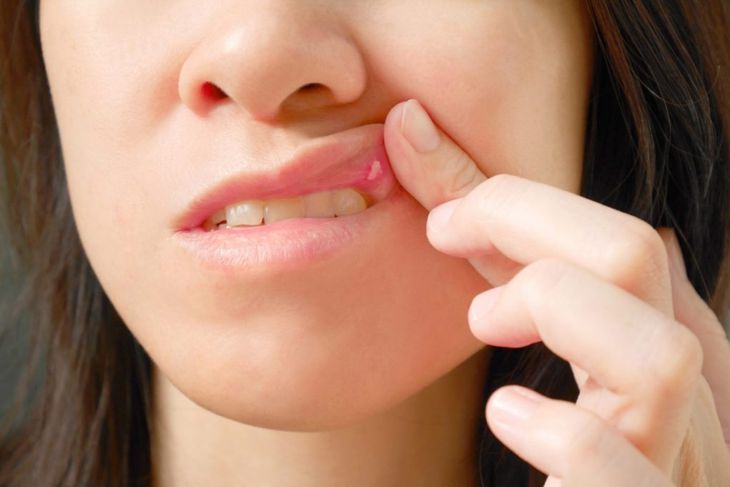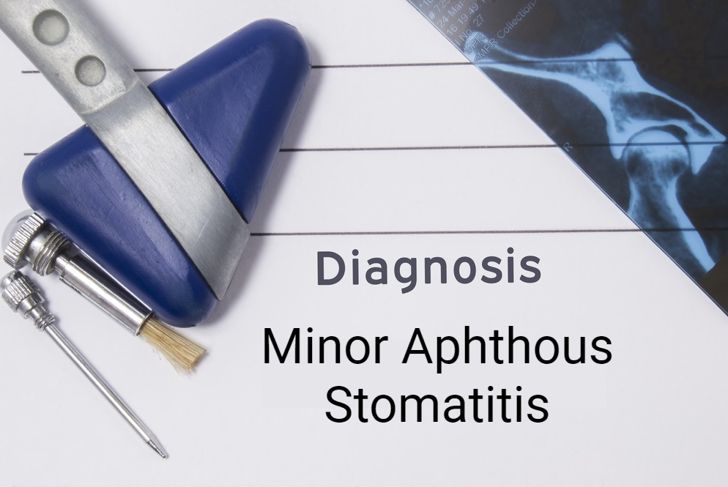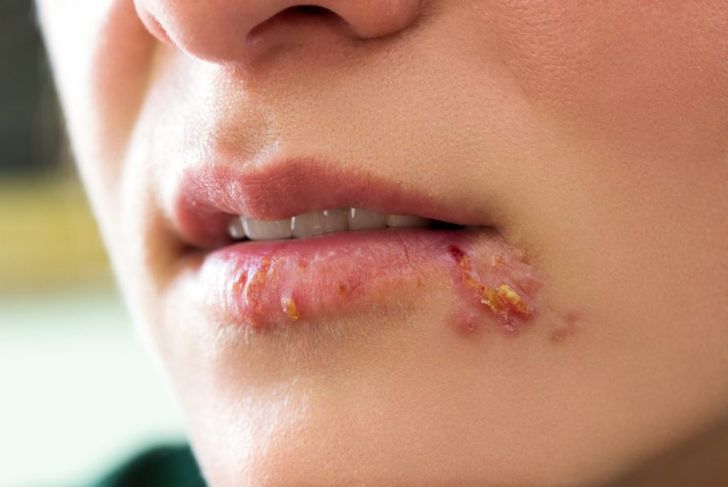About 20% to 30% of adults experience recurrent stomatitis, a condition marked by inflammation and redness in the mouth, leading to canker sores, painful blisters, and ulcers.Stomatitis can turn eating, drinking, and swallowing into an excruciating experience. Treatment is essential to ensure no lapse in the adequate intake of nutrients.
Causes
Stomatitis can be caused by improper dental care, infection, or disease. It can also be an allergic reaction, a complication of smoking, or the result of burns from excessively hot foods or beverages.Xerostomia or dry mouth increases the risk of stomatitis because the lack of saliva makes infection more likely. Other predisposing factors include stress, oral trauma, a weakened immune system, and a family history of the condition.
Symptoms
The symptoms of stomatitis depend on its cause. Generally, they include blisters on the roof of the mouth, tongue, cheeks, and gums. Ulcers may also appear between the inside of the lip and the gums. The sores may cause difficulty swallowing, swollen gums, and mouth pain. A high fever may develop one or two days before blisters and ulcers appear. The fever usually occurs in children but is less common in adults.
Minor Aphthous Stomatitis
The most common form of stomatitis is minor aphthous stomatitis, which affects more than 80% of people with canker sores. The sores are typically less than one centimeter in diameter and heal within a week, leaving no scars. This condition is also called Miculiz’s aphthae or mild aphthous ulcers.
Major Aphthous Stomatitis
About 15% of people with canker sores have major aphthous stomatitis, a severe condition causing erupting, painful ulcers. This syndrome produces sores measuring over one centimeter in diameter and lasting two weeks or longer. They typically heal with scarring. The condition is also known as Sutton’s disease or mucosa necrotica recurrens.
Herpetiform Aphthous Stomatitis
Herpetiform aphthous stomatitis is quite rare, occurring in less than 5% of individuals with canker sores. They usually present as clusters of tiny ulcers that can merge to form larger ulcers. The condition typically heals in 10 to 14 days. This form of stomatitis affects women more often than men. It is also called herpetiform ulceration.
Herpetic Stomatitis
Herpetic stomatitis is an oral infection that produces sores and ulcers. It is caused by the herpes simplex virus (HSV). Young children exposed to HSV often develop this condition. It spreads easily, and about 90% of the population carries the virus, though some people are asymptomatic.
Stomatitis and Cancer
Stomatitis is a common side effect of radiation and chemotherapy treatments to the mouth and face. Cancer treatments can damage and irritate the cells that line the inside of the mouth. The sores may look like burns and can extend into the esophagus.Stomatitis can also be a sign of graft-versus-host disease (GVHD), which can develop following a stem cell transplant. A physician can test mouth cells to determine the cause of the sores and may prescribe a rinse or medication to reduce and manage symptoms.
When to Contact a Doctor
Call a health care provider immediately if a fever develops alongside mouth soreness. If the person feels incapable of eating or drinking, medical attention is important to prevent dehydration and loss of essential nutrients. Contact a medical professional right away if the infection spreads to the eye, as this could lead to blindness.
Treatment
Doctors may prescribe or recommend topical pain relievers or coating agents that numb the pain and protect the sores of people with stomatitis. Painful episodes can be reduced by staying away from acidic, spicy, hot, or crunchy foods. People prone to the condition should also avoid alcohol, including alcohol-based mouthwashes. If a toothbrush causes too much discomfort, foam swabs can clean the mouth.
Prevention
Proactive measures can reduce the risk of stomatitis. Proper oral hygiene helps prevent dental issues or resolve them quickly. A diet rich in vegetables and fruits strengthens the immune system. Ceasing tobacco use can also reduce or prevent stomatitis.Parents cannot prevent their child from contracting HSV and developing stomatitis at some point during childhood. Still, they can limit risk by teaching children to avoid contact with people with cold sores, wash their hands regularly, and keep their toys clean.

 Home
Home Health
Health Diet & Nutrition
Diet & Nutrition Living Well
Living Well More
More




















